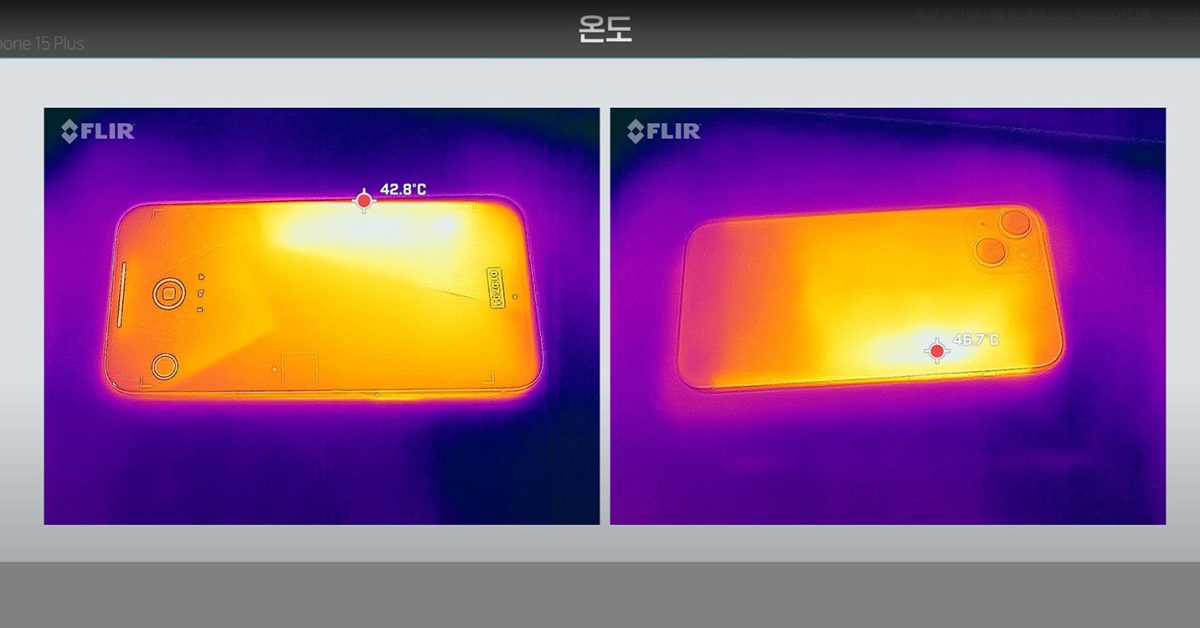- cross-posted to:
- [email protected]
- cross-posted to:
- [email protected]
iPhone 15 overheating reports, with temperatures as high as 116F::Widespread reports are circulating about the iPhone 15 overheating, seemingly across all models. Measurements taken with an infrared camera show…



I don’t mean it’s body temperature. I mean it’s good for describing temperature felt by a human. The weather is a scale of 0 being too cold to 100 being too hot. The typical person never sees temperature outside this range in their weather, but a good bit of the full range.
When describing weather, you don’t care about 213 being boiling temp and converting to SI. In all Other uses, yes, C is better.
That’s just you being used to the imperial system. I have no problem describing the difference between 0°C, 20°C and 40°C.
40 degrees.
Here is an alternative Piped link(s):
40 degrees.
Piped is a privacy-respecting open-source alternative frontend to YouTube.
I’m open-source; check me out at GitHub.
I’m not saying it’s impossible to describe the difference in Celsius. What I’m saying is that the resolution is finer, and with the scale of 0 to 100 is quick to understand.
The fact is we like to have a scale between zero and 100 for things. That’s what Fahrenheit is for weather. I understand you don’t agree, but that doesn’t change the fact that it is. I use both C and F. I prefer F for weather.
Honestly, I get your point, but I don’t think it’s necessarily a property of the scale, rather your increased familiarity with it. When someone says 68F I don’t have a mechanism to understand that, it’s not part of my experience. Saying 68% of too hot doesn’t help much at all. Whereas I can tell you exactly what I 40C feels like; and how that compares to anything from -15C to 45C, because of my familiarity with the scale.
Yes, familiarity with the scale definitely helps. But 50 degrees is halfway between burning up and freezing your ass off. Aka, light jacket weather.